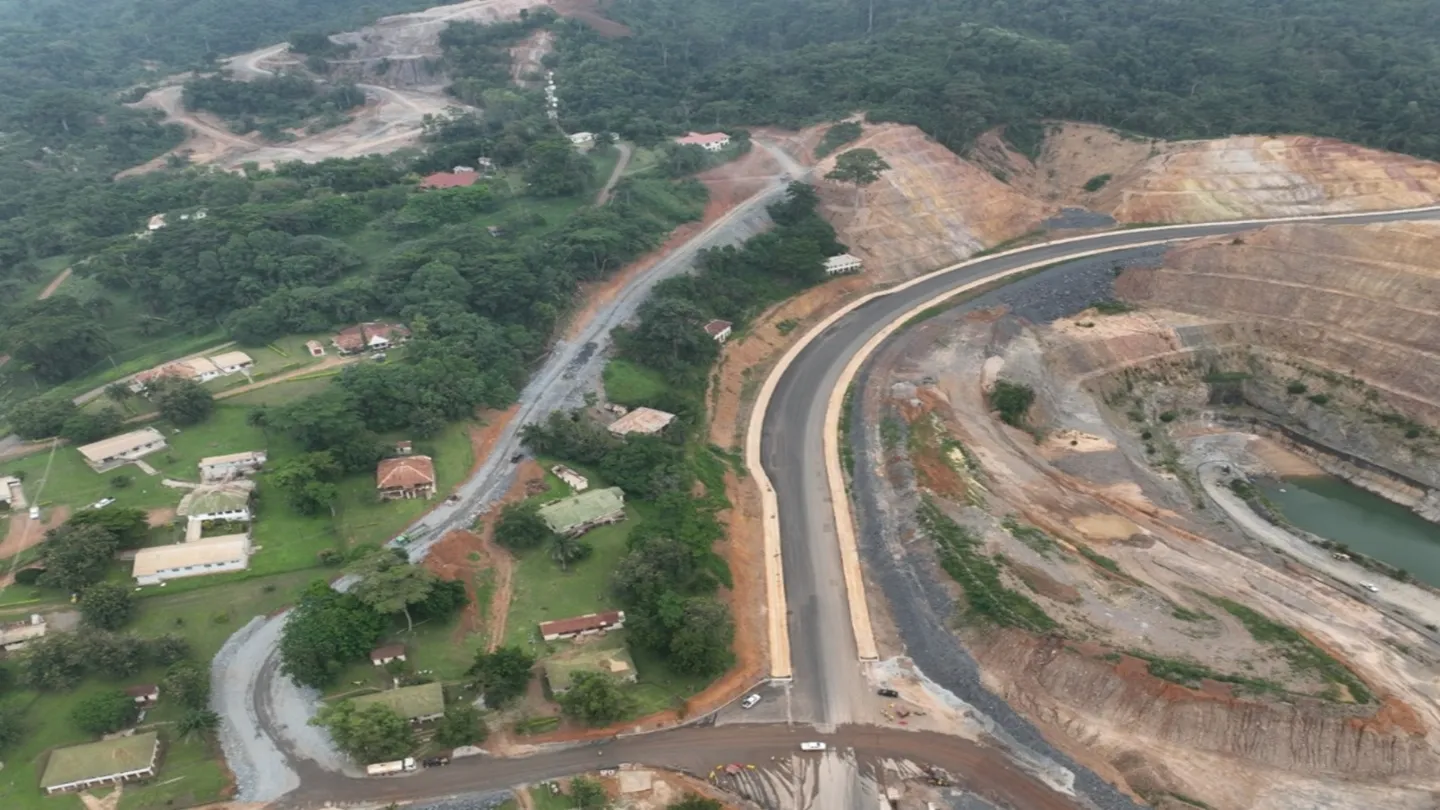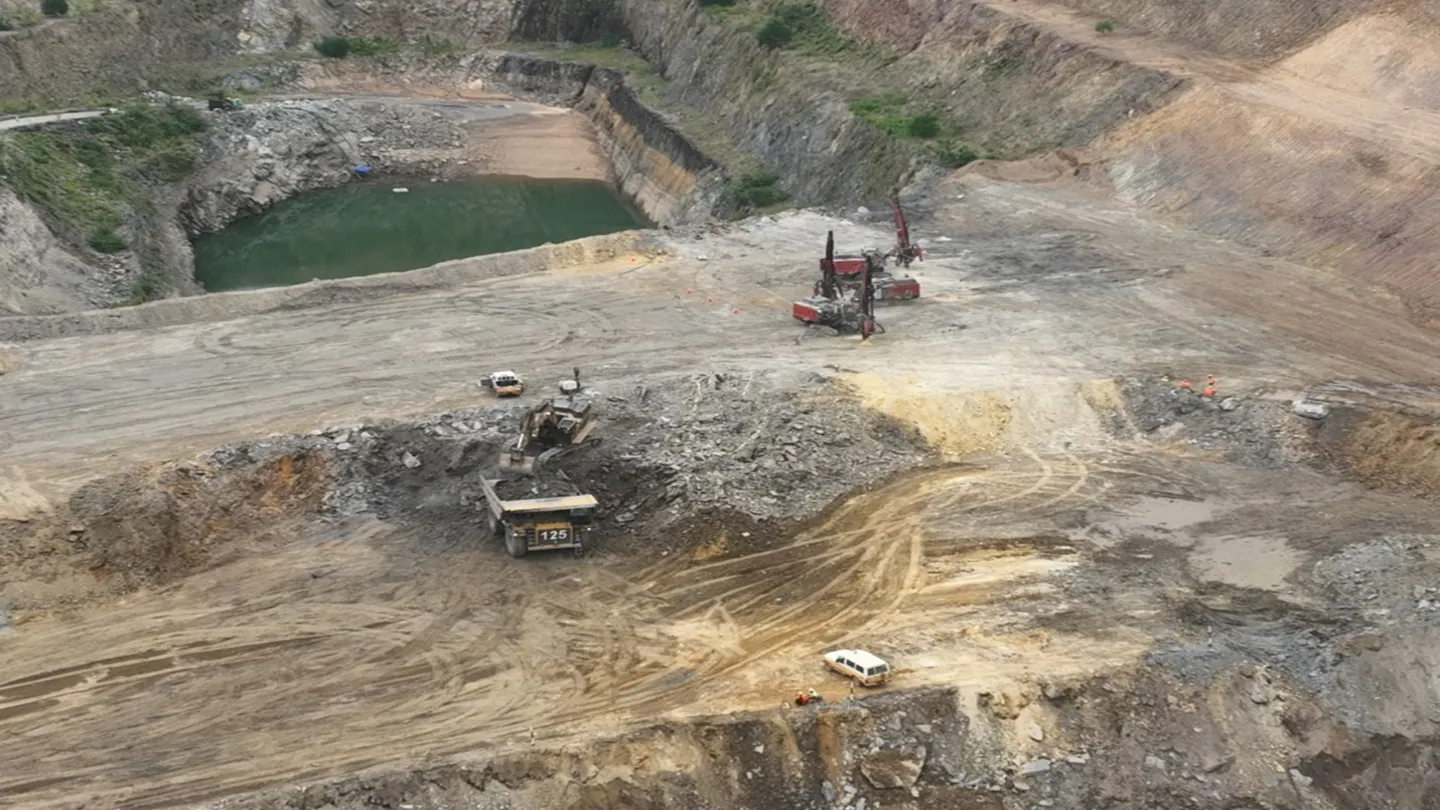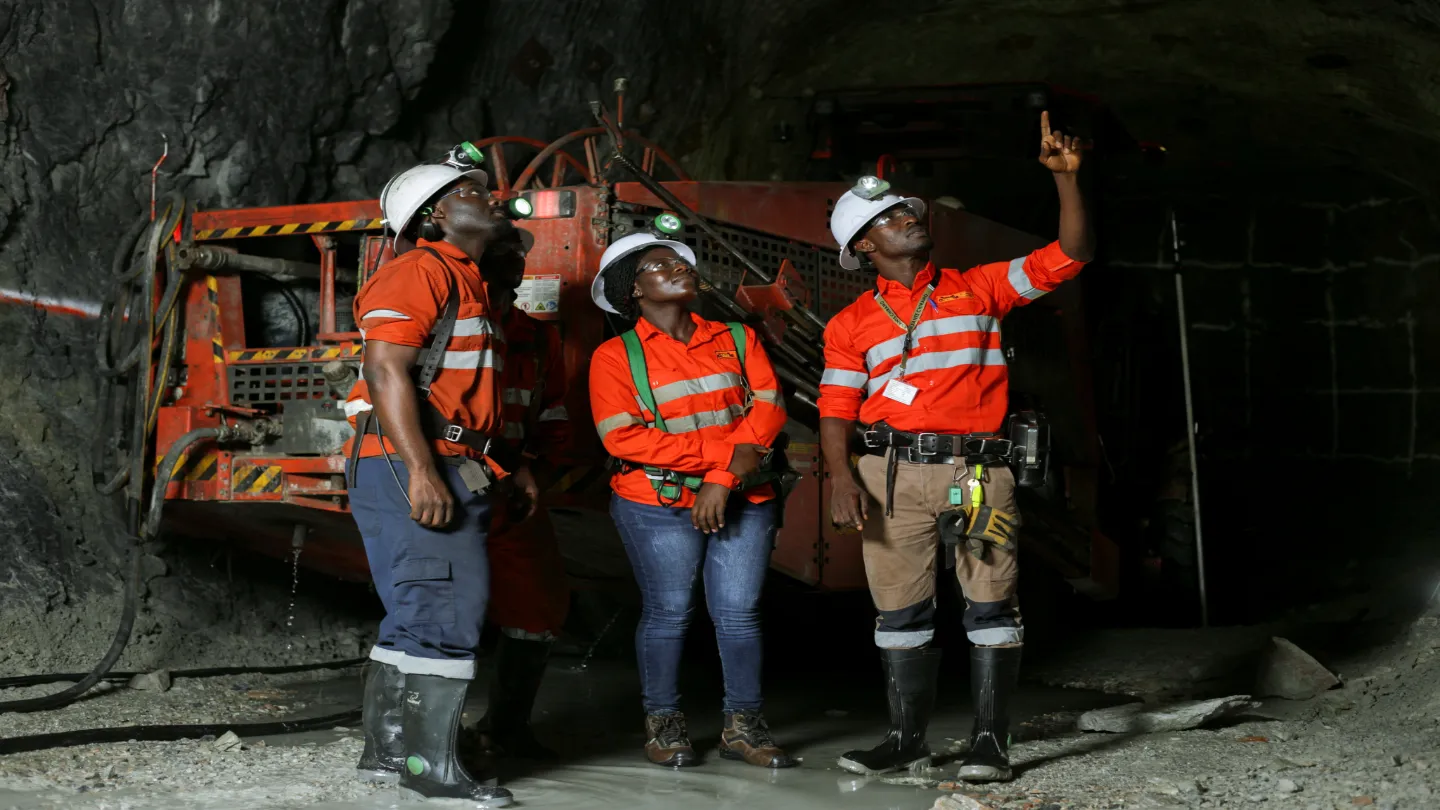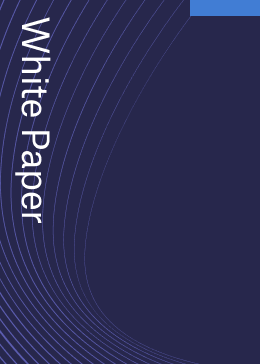Bibiani Mine is located in the Western North region of Ghana. The underground development is planned to extend the life of the gold mine.
The mine is owned by Canadian gold exploration, development and operating company Asante Gold.
In January 2025, Asante Gold announced the completion of a Definitive Feasibility Study (DFS) on Bibiani underground operations.
The study confirmed the potential for an underground mine development with an initial life of seven years.
Initial capital expenditure over two years is estimated to be $116m.
Asante Gold is working to finalise the combined Bibiani open pit / underground mine plan. Underground mining at Bibiani is expected to commence in late 2025.
Background
Exploration at the Bibiani Gold Mine location dates back to 1892. Foreign investors carried out mining activity at the property from 1927-58.
After nationalisation, the State Gold Mining Company conducted underground mining at Bibiani from 1958 to 1973.
Exploration work at the mining concessions was carried out by multiple previous owners. Between 1993 and 2017, drilling and sampling works were carried out by AngloGold Ashanti, Central African Gold and Noble Mineral Resources.
Within the period 1995-2008, AngloGold Ashanti (AGA) redeveloped the mine as an open pit operation with a modern processing plant.
Resolute Mining owned the gold mine from 2014-2021 via its subsidiary Mensin Gold Bibiani. The company undertook significant exploration works during this period.
In August 2021, Asante finalised the acquisition of the Bibiani Gold Mine. It is held by AGBL, a wholly owned subsidiary of Asante Gold Corporation. The Ghanaian Government has a 10% non-equity free carry in the mine.
Open pit mining and processing at the property began in February 2022.
In September 2024, Asante Gold commenced delivered first mineralised material from the Russel Starter Pit to the Process Plant at the Bibiani Gold Mine.
Bibiani Gold Mine Location
The Bibiani mine is located in the Western North region of Ghana in West Africa, approximately 250km from the capital Accra.
Overall, the AGBL tenements include one mining lease, and two prospecting licences. These are situated in the Sefwi-Bibiani Belt.
The Mining Lease concessions include an area of approximately 49.82km2.
Bibiani Mine Geology and Mineralisation
The project tenements stretch 30km within the Kumasi-Afema Basin sediments situated adjacent to the Sefwi Belt volcanic and volcaniclastic assemblage.
Regionally, Bibiani is situated on the eastern limb of the West African Precambrian Shield.
The region is characterised by Proterozoic greenstone belts, granitoids, and post-orogenic sediments spanning Ghana, Burkina Faso, Guinea, and the Ivory Coast.
In Ghana, gold deposits are predominantly found in or near the Ashanti Gold Belt, the Bibiani-Sefwi Belt, and the Asankrangwa Belt.
The gold deposits at Bibiani are identified as mesothermal lode-type formations, structurally controlled and associated with quartz veins and stockworks. These mineralised zones occur within a sequence of Lower Birimian fine- to medium-grained turbiditic sandstones.
The turbidite sedimentary sequence in the area is tightly folded, featuring west-dipping axial planes and steep west-northwest dipping shear zones that have facilitated gold mineralisation.
Gold is primarily linked to arsenopyrite and pyrite, with sericite alteration commonly seen along mineralised structures and in connection with felsic intrusions.
High-grade veins are often located within graphitic shales, which also host significant sedimentary and metamorphic pyrite.
Reserves
The DFS is based on the underground Mineral Resources and Ore Reserves located below the final pit in the LoM for the current operations.
Indicated Mineral Resource is 17.40Mt at a grade of 2.34g/t gold (Au). A geological exploration is underway to upgrade the inferred resource base and extend the seven-year LOM.
After a detailed mine design and layout, total underground mineral reserves that will be available for extraction were found to be 11.93Mt at a grade of 2.36g/t Au for 0.93Moz Au.
Mining and Mineral Processing
The DFS assessed the underground extraction from the Bibiani Main and Walsh orebodies. The study recommended appropriate mining methods based on the geotechnical and rock engineering characteristics of the two deposits.
Bibiani Main will be mined via sublevel open stoping with rockfill or transverse sublevel open stoping with cemented rockfill, while the recommended strategy for Walsh orebody mining method is mechanised cut and fill with rockfill.
Crown pillars 30m thick will be developed for both underground operations.
The Bibiani underground mine will be accessed via a trackless decline system utilising the 5.5m wide x 5.5m high Greg Hunter Decline. It will be equipped with a conveyor to enable ore haulage to the process plant.
The existing Bibiani Process Plant will process the recovered material. The plant operated until 2005, following which, it was put under care and maintenance.
It featured SAG/ball mill grinding with a conventional CIL plant, and it was equipped with a gravity concentration circuit following a revamp from Q3 2021 through to Q2 2022.
The jaw crusher was also replaced with a re-conditioned primary gyratory crusher.
The revamped Bibiani Process Plant resumed operations in June 2022 with the original design nameplate throughput rate of 2.4Mtpa.
It is expected to deliver a gold recovery of 92%, after the scheduled upgrades to the sulphide recovery section are complete and first underground mineralised material is available for processing.
Contractors Involved
The DFS for Bibiani Mine underground operations are developed and compiled by mining engineers from UK-based Bara International with Middindi Consulting and SLR Consulting serving as sub-consultants.
Middindi Consulting carried out all necessary rock mass and rock strength test work to determine the optimal mining conditions and stable stope sizes.
The DFS mine layout for the underground mine was developed using the Deswik suite of mine design and scheduling software.
The process plant was designed by Lycopodium in 1997.





